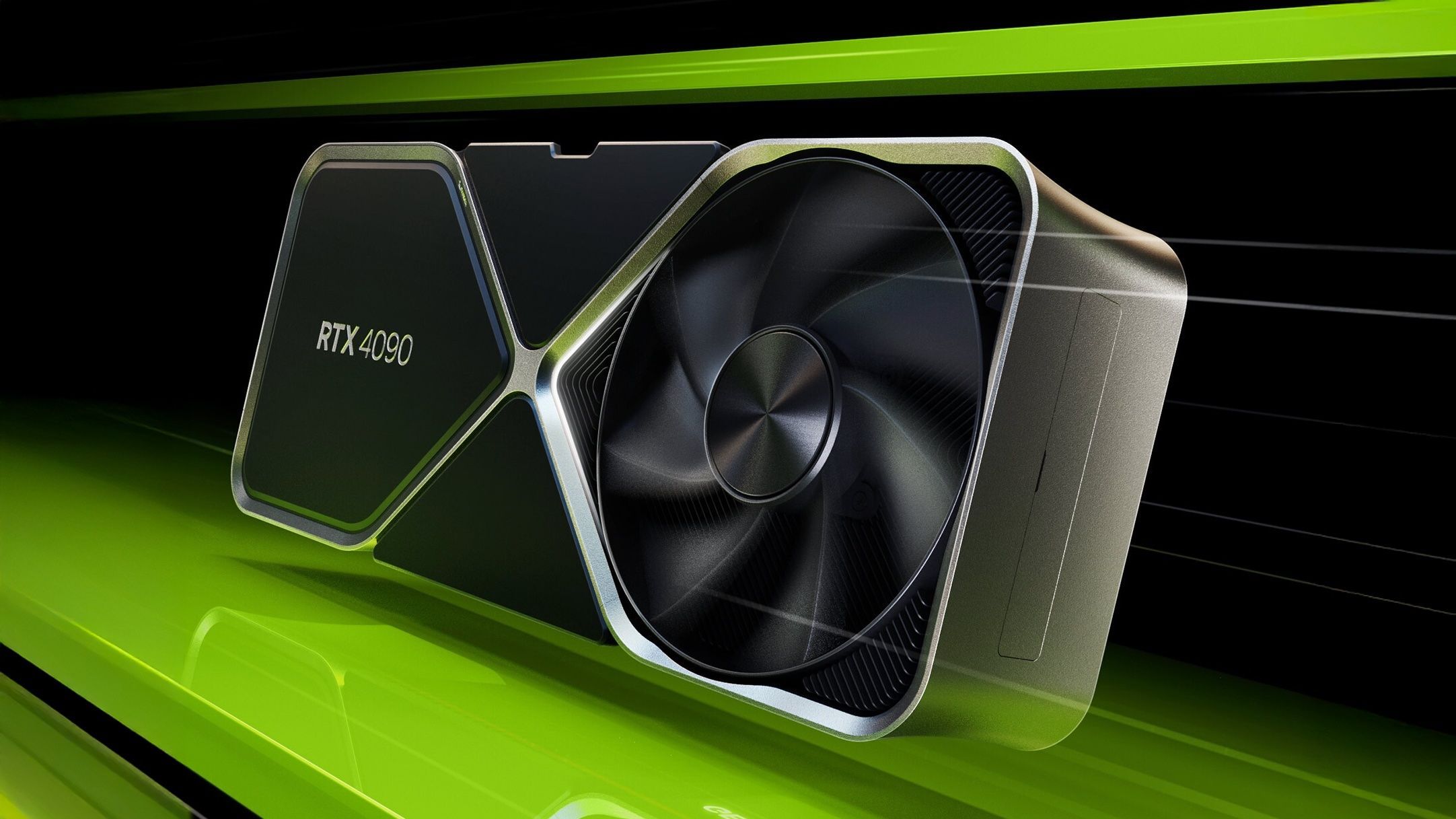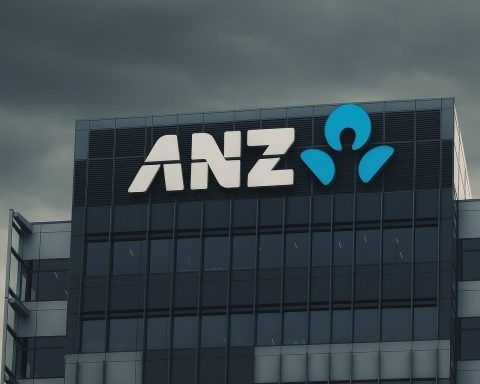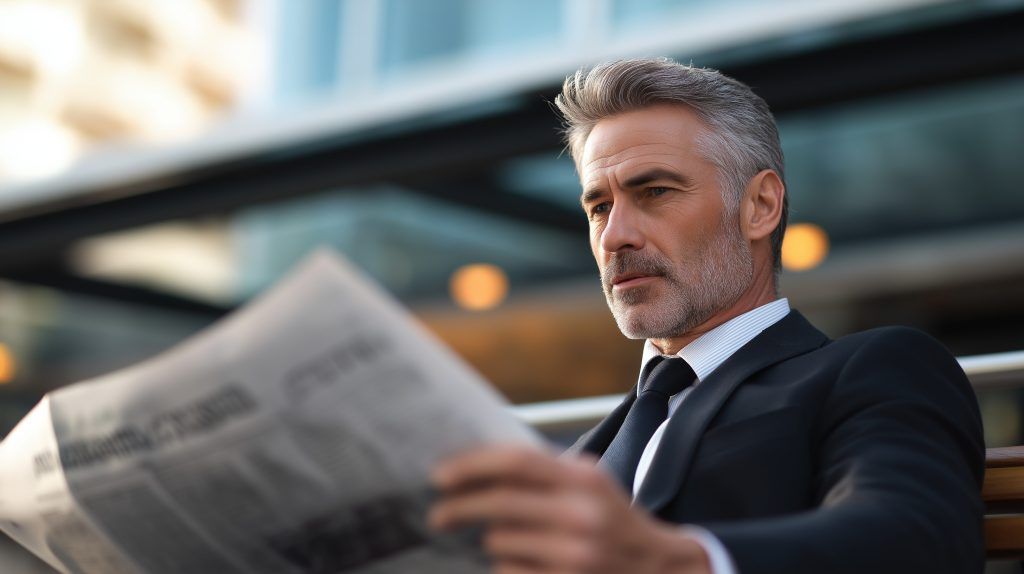Key facts (as of Sep 27, 2025)
- Susquehanna projects Nvidia’s AI-accelerator share could fall from ~80% to 67% by 2030; Broadcom to 14% (~$65B revenue) and AMD to just over 4% (~$20B). [1]
- Broadcom says three hyperscale customers plan deployments that could create a $60–$90B AI-chip revenue opportunity by FY2027; AI chips are already the majority of its semi sales. [2]
- Nvidia plans to invest up to $100B in OpenAI and supply systems for ≥10 GW of compute starting 2026, reinforcing its lead while raising antitrust and “circular spend” questions. [3]
- Google and AWS are deepening in-house silicon: Google’s TPU v5p/Trillium and AWS Trainium2 claim large performance/price-performance gains vs prior generations. [4]
- Marvell is emerging as a custom XPU + optics supplier; analysts cite rising hyperscaler wins and accelerating AI-optics revenue. [5]
- Headline risk to Nvidia remains low near-term given demand and ecosystem lock-in, but buyers are diversifying on cost, power, and supply. [6]
The in-depth report
1) The setup: AI compute demand keeps compounding
Nvidia still commands the AI-accelerator market, but the demand curve (frontier model training, inference scale-out, and AI-enabled enterprise software) is so steep that second-source and custom solutions are economically inevitable. Even Nvidia is leaning in with customers: the company plans up to $100B in OpenAI, delivering systems beginning in late 2026 to help build ≥10 GW of capacity. Reuters framed it as a tie-up that “intensifies the AI datacenter race.” [7]
On the flip side, analysts note unanswered questions about the structure and funding of those 10 GW plans, underscoring the capital intensity of AI infrastructure. [8]
2) The 2030 scoreboard (base case from Susquehanna)
- Nvidia: ~67% share by 2030 (down from ~80% today), still the clear leader by revenue and ecosystem.
- Broadcom: ~14% (≈$65B), propelled by custom AI (“XPU”) designs and networking.
- AMD: just over 4% (≈$20B), with MI400-series ramping to true hyperscale volume.
Susquehanna’s Christopher Rolland argues that as Big Tech chases cost efficiency and control, non-Nvidia silicon and in-house chips will take a larger slice of a market sized at ~$475B by 2030. [9]
Expert view: Rolland expects “Nvidia’s share to drop to 67% as major tech companies seek cost-effective alternatives.” [10]
3) Challenger profiles
Broadcom (custom AI “XPUs” + Ethernet)
Broadcom has quietly become Nvidia’s most serious economic challenger by selling custom accelerators—chips designed with and for hyperscalers—and by supplying the Ethernet fabric gluing AI clusters together. CEO Hock Tan has guided to a $60–$90B serviceable AI-semi market by FY2027, rooted in plans by three hyperscalers to deploy ~1M accelerators each. [11]
Hock Tan: the AI semi TAM could reach “$60 billion to $90 billion” by FY2027. [12]
Recent notes and coverage show AI now constitutes the majority of Broadcom’s semiconductor revenue and is growing rapidly, with fresh large custom deals likely. [13]
How it competes vs Nvidia:
- Price/performance via tailored silicon for known workloads (training and inference).
- Vertical control for hyperscalers; less vendor lock-in.
- Networking advantage: Broadcom’s Ethernet/IP block leadership lowers total system cost relative to proprietary fabrics.
Risks: Custom projects entail program risk (slips or cancellations) and concentrated customers.
AMD (MI400/MI450 and ROCm ecosystem)
AMD’s MI300 proved competitive in inference and parts of training; MI400/MI450 are AMD’s first large-scale AI server solutions with broader hyperscaler adoption expected through 2026–2027. Susquehanna still models AMD at ~4% 2030 share—good growth, but not a dethroning scenario. [14]
Several market watchers remain skeptical after data-center growth lagged Nvidia’s in 2025; nonetheless AMD’s software stack (ROCm) and supply availability are improving. [15]
How it competes:
- Interoperability with existing server fleets.
- Aggressive pricing and HBM supply partnerships to win inference at scale.
- A maturing open software ecosystem.
Risks: Software friction vs CUDA, and a need for consistent top-tier performance on frontier training.
Marvell (custom XPU + optics + packaging) — the “surprise” up-and-comer
Marvell isn’t trying to be “the next Nvidia.” It’s becoming the arms dealer for custom AI silicon and co-packaged optics (CPO), winning slots across hyperscalers for tailored accelerators and the optical plumbing that lets racks scale. Independent analyses suggest rapid growth in custom XPU and optics revenue in 2025, alongside upbeat management commentary about sustained hyperscaler demand. [16]
Takeaway from industry analysis: Marvell’s custom XPU sales were “just under $300M” in a recent quarter, with AI electro-optics up ~4.5× YoY. [17]
How it competes:
- Provides design services + advanced packaging to let cloud giants roll their own accelerators faster, and links them with high-bandwidth optics. [18]
- Rides the secular shift to CPO as AI clusters outgrow copper interconnects.
Risks: Execution on leading-edge packaging and dependency on a small set of hyperscalers.
4) The other flank: in-house chips from the clouds
- Google: TPU v5p and Trillium (6th-gen TPU) emphasize training throughput and efficiency; Google cites multi-× gains over v4/v5e and broad availability in Cloud. [19]
- AWS: Trainium2-powered Trn2 instances target 4× training performance and 30–40% better price/perf vs then-current GPU instances. [20]
These platforms don’t dethrone Nvidia alone, but they reduce incremental spend on third-party GPUs for certain workloads and push the market toward a multi-silicon future.
5) China wildcard: Huawei’s campaign
Huawei has announced a three-year push to overtake Nvidia in AI chips, introducing next-gen accelerators and “SuperPod” designs. Export controls complicate its path to global share, but domestic Chinese demand could be large. [21]
6) Technical & economic comparison (2025 reality check)
| Vector | Nvidia | Broadcom | AMD | Marvell | AWS | |
|---|---|---|---|---|---|---|
| Go-to-market | Merchant GPUs + integrated systems; CUDA moat | Custom XPUs + Ethernet | Merchant GPUs (MI400) | Custom XPU design + optics + packaging | Cloud access to TPUs | Cloud access to Trainium |
| Moat | Software ecosystem, supply scale | Deep hyperscaler co-design; networking | Price/perf in select workloads; open stack | Packaging + optics + fast custom cadence | Tight integration w/ Google Cloud | Price/perf on AWS, Nitro integration |
| 2025 trajectory | Reinforces lead via OpenAI deal | Ramps custom wins; projects $60–$90B AI semi TAM by FY27 | MI400/MI450 ramps; share still modest | Accelerating AI optics & custom XPU revenue | v5p/Trillium rollouts | Trainium2 GA and cluster scale |
| Key risk | Regulatory scrutiny; capex cyclicality | Customer concentration; program risk | Software parity; HBM supply | Execution, concentration | Workload fit vs CUDA | Workload fit vs CUDA |
Sources as cited throughout. [22]
7) Will anyone surpass Nvidia by 2030?
- Probability (base case): Low. Even under Susquehanna’s bearish-for-Nvidia share path, Nvidia still holds ~2/3 of a much larger market in 2030. The CUDA/software lead, system integration (Blackwell platforms), and HBM supply pipeline are formidable. [23]
- What can happen: A profit share squeeze. If Broadcom’s custom silicon and cloud in-house chips capture more incremental deployments (especially inference), Nvidia’s blended ASPs and margins could normalize, even if unit share remains high. [24]
- Wildcards: Breakthroughs in optics, memory architectures, or software portability could erode Nvidia’s moat faster; conversely, Nvidia’s $100B OpenAI alignment could deepen its platform advantages. [25]
8) Expert quotes you can use
- Christopher Rolland (Susquehanna): Nvidia share “to 67%” by 2030; Broadcom 14%; AMD just over 4%. [26]
- Hock Tan (Broadcom CEO): AI semis “$60–$90B in FY2027.” [27]
- Barron’s on Nvidia momentum: “Nvidia remains the dominant chip provider amid surging demand for AI-powered technologies.” [28]
- Reuters on the OpenAI deal: Nvidia to invest “up to $100 billion” and deliver systems for ≥10 GW of compute. [29]
9) Investor/strategy takeaways
For enterprises & builders
- Plan for a multi-vendor accelerator strategy by 2026–2028: Nvidia for frontier training; consider Broadcom/Marvell customs for steady-state inference or known workloads; explore TPUs/Trainium where price/perf fits. [30]
- Budget for optical fabrics and advanced packaging—these increasingly determine cluster-level price/perf. [31]
For investors
- Nvidia: Core hold; near-term demand support from OpenAI deal but watch regulatory optics and potential pricing normalization. [32]
- Broadcom: Levered to custom AI and Ethernet; upside if multiple new hyperscaler programs hit volume. [33]
- AMD: Call option on MI400/MI450 scaling and ROCm progress; execution on software adoption is the key variable. [34]
- Marvell: Pure-play on customization + optics; rising design-win visibility but customer concentration risk. [35]
Sources & further reading
- Barron’s: Market-share outlook for Nvidia/Broadcom/AMD; 2030 market of ~$475B; Nvidia dominance context. [36]
- Reuters: Nvidia’s up-to-$100B OpenAI investment; reaction analysis and open questions. [37]
- MarketWatch: Broadcom’s AI semi TAM ($60–$90B) and earnings context. [38]
- Google Cloud: TPU v5p and architecture details; Trillium performance claims. [39]
- AWS: Trainium2/Trn2 instances—perf and price/perf positioning. [40]
- The Next Platform & IBD: Marvell’s custom XPU + optics traction and investor updates. [41]
- Related coverage of your provided links (alt mirrors/summaries): Yahoo Finance/Motley Fool on “Who could surpass Nvidia?” and “Who’s challenging Broadcom?”. [42]
Note: Figures and quotes reflect reporting up to Sep 27, 2025; long-range forecasts (e.g., 2030 shares) are inherently uncertain and may change with roadmap execution, supply, and regulatory developments.
References
1. www.barrons.com, 2. www.marketwatch.com, 3. www.reuters.com, 4. cloud.google.com, 5. www.nextplatform.com, 6. www.barrons.com, 7. www.reuters.com, 8. www.reuters.com, 9. www.barrons.com, 10. www.barrons.com, 11. www.marketwatch.com, 12. www.marketwatch.com, 13. markets.financialcontent.com, 14. www.barrons.com, 15. www.nasdaq.com, 16. www.nextplatform.com, 17. www.nextplatform.com, 18. investor.marvell.com, 19. cloud.google.com, 20. aws.amazon.com, 21. www.bloomberg.com, 22. www.reuters.com, 23. www.barrons.com, 24. www.marketwatch.com, 25. www.reuters.com, 26. www.barrons.com, 27. www.marketwatch.com, 28. www.barrons.com, 29. www.reuters.com, 30. www.marketwatch.com, 31. investor.marvell.com, 32. www.reuters.com, 33. www.marketwatch.com, 34. www.barrons.com, 35. www.nextplatform.com, 36. www.barrons.com, 37. www.reuters.com, 38. www.marketwatch.com, 39. cloud.google.com, 40. aws.amazon.com, 41. www.nextplatform.com, 42. finance.yahoo.com










